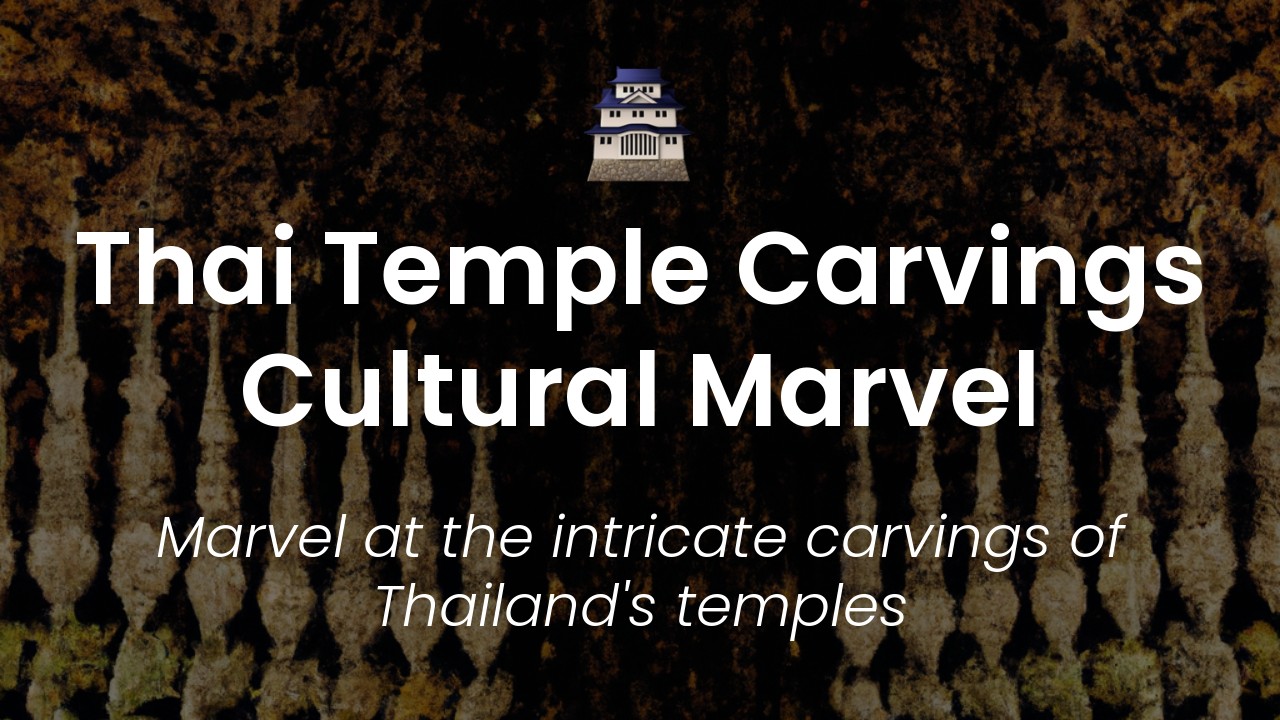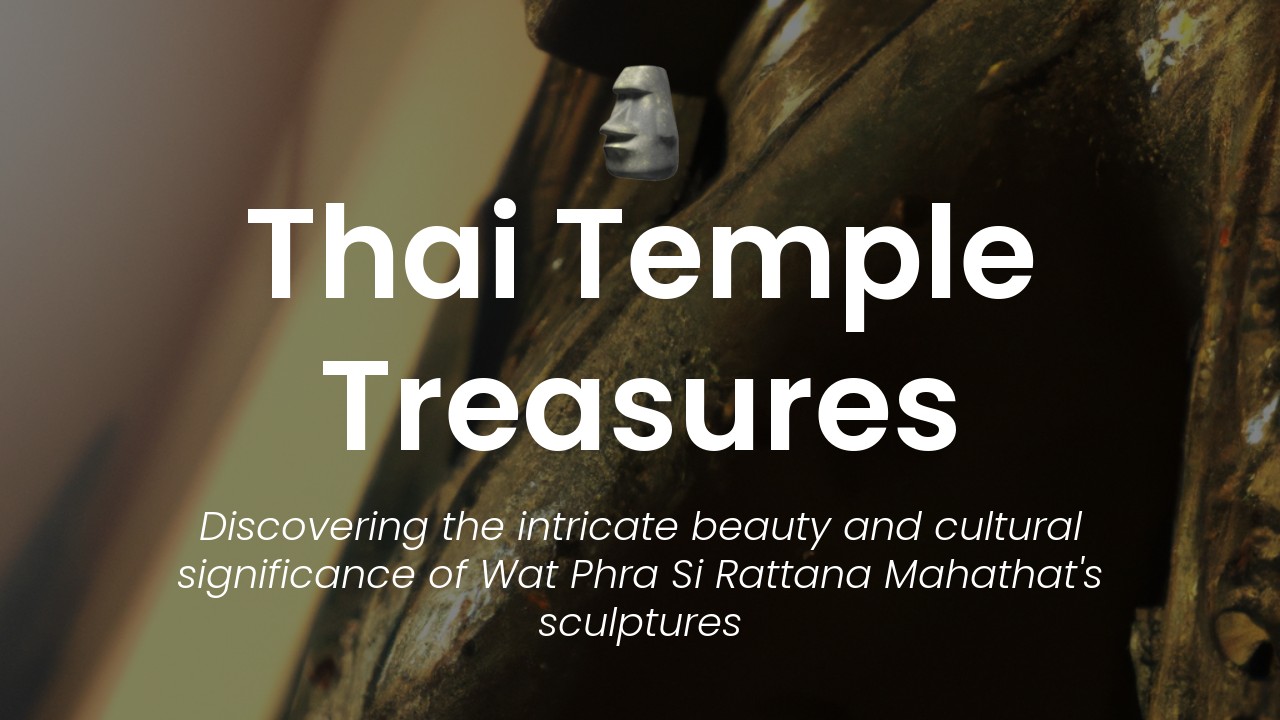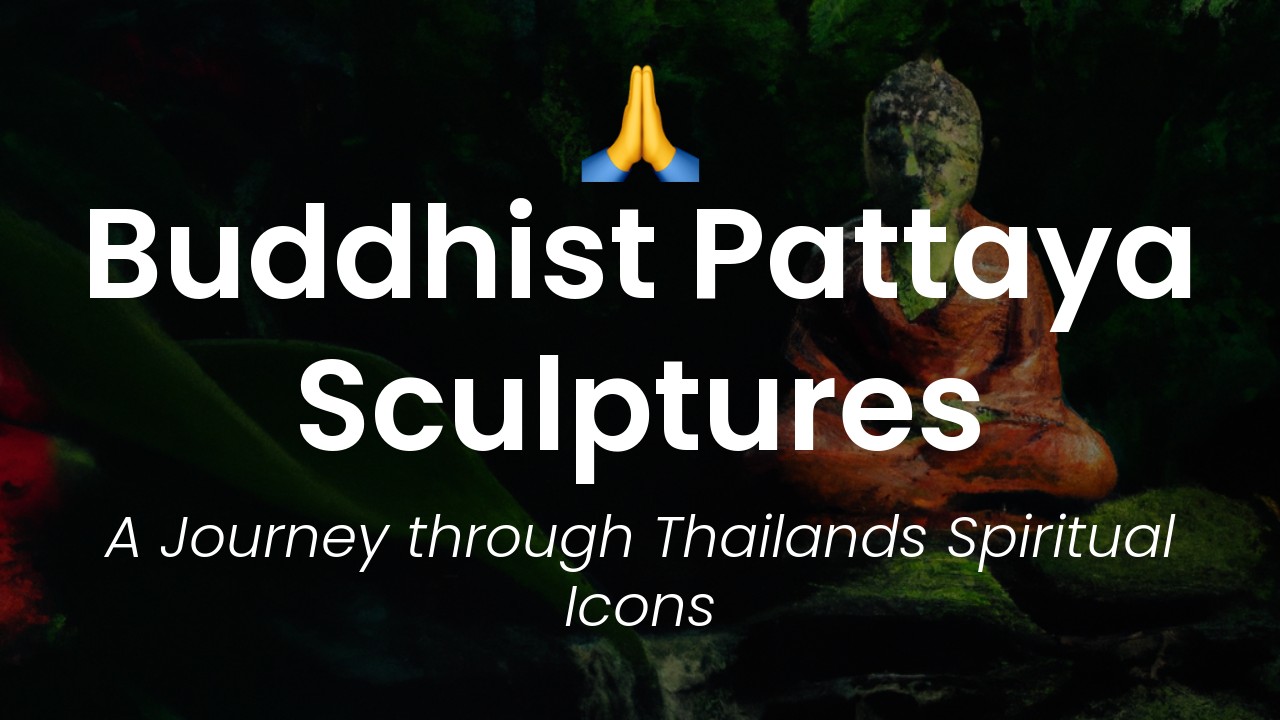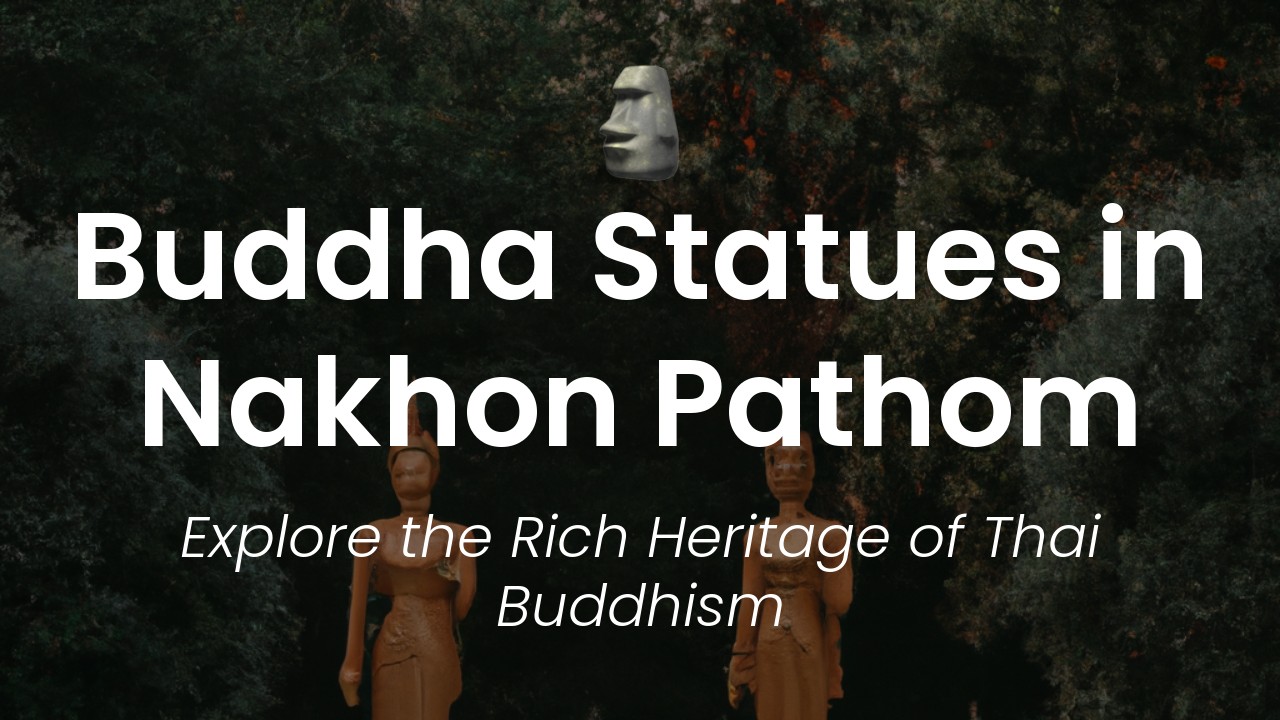As a lover of Thai culture, I have always found myself mesmerized by the intricate details and remarkable creativity of Thai temple wall carvings. The allure of these mesmerizing carvings takes visitors on a spiritual journey through the rich history of the Thai people, leaving a lasting impression. In this blog post, we will delve into the wonders of Thai temple wall carvings and discover the secrets behind this cultural marvel.
In ancient times, Thai temples were not only a place for religious practices but also served as a palace for Thai kings and a center for community gatherings. These beauties are located all over Thailand, and every temple has its distinctive features with unique carvings found on its walls. The carvings depict important Buddhist figures, Thai mythological and historical characters, and pivotal events in Thai history.
Aside from their spiritual significance, these carvings are also a testament to the talent of traditional Thai craftsmen. Each carving is a masterpiece, with the intricate details so lifelike, you could almost feel like they are coming to life! From the gentle curve of a flower to the sharp edges of a sword, every detail is carefully carved with precision and expertise of the artisans who passed down the tradition through generations.
So, grab your camera, let's take a journey through Thailand’s captivating temple wall carvings, and discover the historical significance behind each one. Join me as I share my passion for Thai culture and unravel the mystery of these architectural wonders!
What are Thai temple wall carvings?
Thai temple wall carvings, also known as bas-reliefs, are intricate and detailed artistic works that grace the walls of many Thai temples. The carvings are typically made of stone or stucco and depict religious and historical scenes of the past. These carvings are an integral part of Thai temple architecture and have been present in Thai temples for centuries.
History and significance of Thai temple art
Thai temple art spans several centuries and was heavily influenced by cultures such as the Khmer and Indian cultures that were present in Southeast Asia at the time. Thai artists were able to merge these cultural influences with their own unique ideas to create an entirely new form of art that was truly unique.
However, it was during the Sukhothai Period (1238-1438) and the Ayutthaya Period (1350-1767) that Thai temple art truly flourished. During these periods, Thai art and architecture underwent a renaissance, and this is when the Thai temple wall carvings that we know today began to develop.
How are these carvings made?
Thai temple wall carvings are typically made by carving intricate designs into stone or stucco. Artists would start by drawing the design onto the surface using pencil or charcoal. After that, they would use chisels and other similar tools to carefully carve out the design. These carvings can take several months or even years to complete due to their complexity.
Themes and motifs in Thai temple wall carvings
Thai temple wall carvings typically depict religious and historical scenes. Many of these scenes are taken from Buddhist stories and teachings. These scenes are often depicted in a symmetrical and balanced way, with intricate designs surrounding the main scene.
There are several motifs that are commonly seen in Thai temple wall carvings. One of the most common motifs is the lotus flower, which symbolizes purity and enlightenment. Another common motif is the Garuda, a mythical birdlike creature that is often seen in Hindu and Buddhist mythology.
Examples of famous Thai temple wall carvings
There are many famous Thai temple wall carvings that can still be seen today. One of the most famous is the Phra Kaew Morakot, or the Emerald Buddha Temple, which is located in Bangkok. This temple is home to a statue of the Buddha that is carved from a single piece of jade and is believed to bring good luck to those who visit.
Another famous Thai temple wall carving is at the Wat Phra That Doi Suthep temple in Chiang Mai. This temple features intricate carvings of elephants and other animals, as well as religious scenes that are depicted in a stunningly detailed way.
Visiting Thai temples to admire these works of art
If you want to see these amazing works of art for yourself, there are plenty of temples throughout Thailand that have these carvings on their walls. You can visit famous temples like the Phra Kaew Morakot or the Wat Phra That Doi Suthep, or you can explore smaller, lesser-known temples in more rural areas.
One thing to keep in mind is that Thai temples are still active places of worship, so it's important to show respect when visiting. You should dress modestly, remove your shoes before entering the temple, and avoid taking photos of people who are praying.
Appreciating the cultural value of Thai temple wall carvings
Thai temple wall carvings are not only beautiful works of art, but they also have immense cultural significance. They serve as a reminder of Thailand's rich history and the influence that other cultures have had on Thai art and architecture.
By admiring these carvings, we can gain a deeper appreciation for Thai culture and the values that are important to its people. These carvings are a testament to the creativity and skill of Thai artists and are a true cultural marvel that should be cherished and preserved for generations to come.







